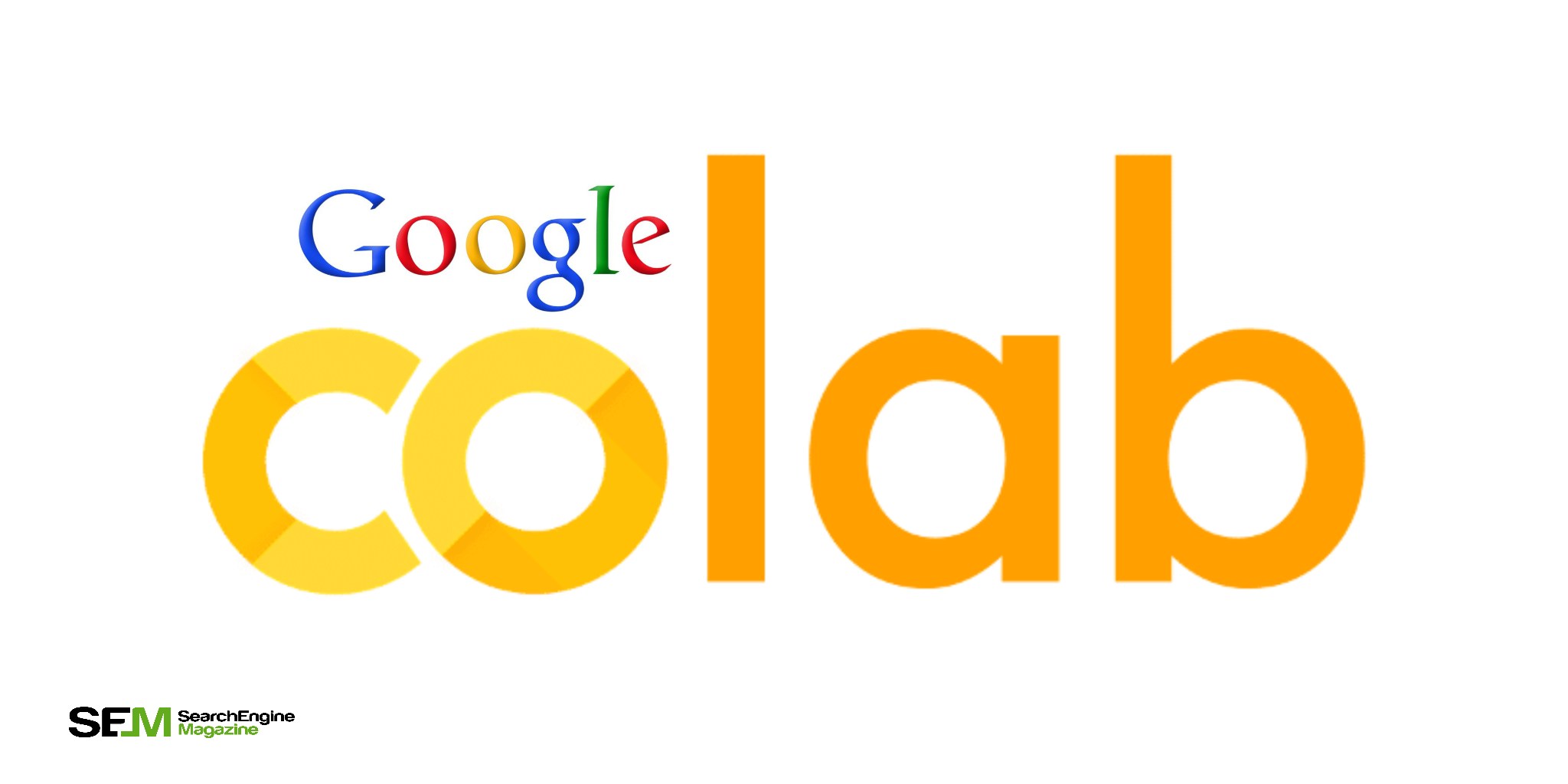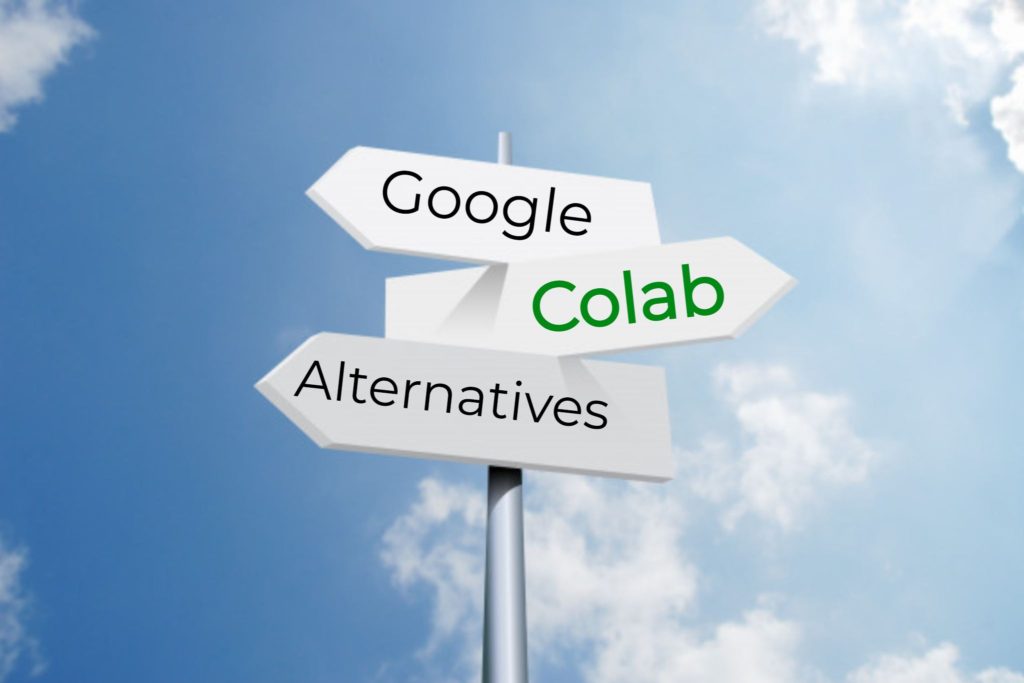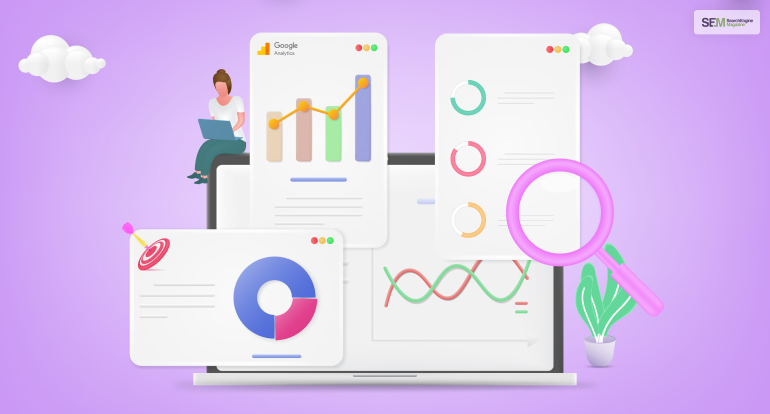Ahrefs Vs Semrush: Which Is The Better SEO Tool In 2025?
Apr 08, 2025

Apr 08, 2025

Mar 29, 2025

Mar 29, 2025

Mar 29, 2025

Mar 29, 2025

Mar 29, 2025

Mar 27, 2025

Mar 27, 2025
Sorry, but nothing matched your search "". Please try again with some different keywords.


Google Colab is a free Jupyter notebook environment that operates on Google’s cloud servers. This colaboratory comes with all the setup that you need to start coding, and it is available free for everyone.
Colab is a product from Google Research and allows you to write and execute arbitrary python code via the browser. This is well suited to education, data analysis, and machine learning. The vital reason to use the Jupyter notebook environment is that it lets you do everything in the same.
Moreover, this service requires no setup to use and provides free access to computing resources, including GPUs. With the help of Google Colaboratory, you can use shell commands such as echo, cat, cd, pwd, dir, Is, et cetera using line magic or bash.
 Google Colaboratory enables you to use your own machine learning and deep learning models on TPUs, GPUs, and CPUs. Besides, it does not matter which computer you are using and how old it is. You can use Google Colab conveniently.
Google Colaboratory enables you to use your own machine learning and deep learning models on TPUs, GPUs, and CPUs. Besides, it does not matter which computer you are using and how old it is. You can use Google Colab conveniently.
Now, as a programmer, there are various reasons to choose Google Colab, and some top ones are Free GPU and TPU use, Collaboration, Saved on the Cloud, and Pre-installed Libraries. Moreover, With the help of this colab, you can perform the following:
Colab resources are neither guaranteed nor unlimited. The usage limits of this Colab sometimes fluctuate from time to time. This thing you must keep in mind before using this colaboratory.
Obviously, Google Colab provides free versions, and if you want to use this Jupyter notebook environment without any interruptions, you can go for the paid version.
On the other hand, there is no need to get confused between Jupyter and Colab. Jupyter is an open-source project on which Colab is based, whereas Colab allows you to use and share Jupyter notebooks with others without having to run, install, or download anything.
Read Also – 5 Updates To Google’s Algorithm That Influenced The SEO Industry
The various types of GPUs that are available in Colab vary over time. However, at a given time, there is no way to choose the type of GPUs you can connect to in Colab. If you are a new candidate in this programming, then you must be interested in Colab Pro because it provides the fastest GPUs and reliable access.
On the other hand, Colab for digital currency mining is disallowed completely, and your account may restrict further use with Colab altogether.
As already discussed above, Colab provides free access to resources that vary over time. The top GPUs usable in Colab frequently include P100s, P4s, T4s, K80s, and Nvidia. Meanwhile, there is no way to determine what kind of graphics processing unit you can connect to in Colaboratory at a given time.
 Google Colab is a cloud service that is provided by Google for free of cost. This service allows you to learn deep learning applications by using commonly used libraries. This is one of the most popular platforms for every programmer.
Google Colab is a cloud service that is provided by Google for free of cost. This service allows you to learn deep learning applications by using commonly used libraries. This is one of the most popular platforms for every programmer.
Now, there are some top alternatives to Google Colab for data scientists, and these are listed below:
This open-source project enables you to create and share documents that contain text, visualizations, equations, and live code. This notebook is very easy to understand, and there are two modes available- insert and escape.
IBM DataPlatform Notebooks was introduced in 2016 with support for open-source options. This Colab needs data science to be fone on its own public cloud. DSX users can use open source libraries, including MXNet, Keras, Caffe, TensorFlow, and Spark MLlib.
Another best alternative to Google Colab for data scientists is Amazon Sagemaker. This enables easy integration of ML models in applications. At the same time, it provides a console that lets users use the console UI to expand a model.
Kaggle is another alternative for deep learning applications in the cloud. The best part about this platform is that it has a large community to learn, support, and validate data science skills. Moreover, it provides Jupyter Notebooks in the browser.
Azure Notebooks is one of the top alternatives to Google Colaboratory, and this is provided by Microsoft. For simple applications, this notebook is much suitable. This creates a collection of related notebooks called Libraries.
Google Colab is just a specialized version of the Jupyter Notebook. This offers free computing resources and runs on the cloud. There are certain steps to create Google Colab, and you need to follow them accordingly. Hence, the above listed are some of the best alternatives to Google Colab and reasons to use the same. If you wish, you can mention some more in the comment section.
Read Also –
Mashum Mollah is an entrepreneur, founder and CEO at Viacon, a digital marketing agency that drive visibility, engagement, and proven results. He blogs at BloggerOutreach.io.
View all Posts
Ahrefs Vs Semrush: Which Is The Better SEO To...
Apr 08, 2025
How Data-Driven Hiring Reduces Costs and Impr...
Mar 29, 2025
Why Headless CMS Works Well for EdTech Startu...
Mar 29, 2025
Building Topical Authority to Excel in Search...
Mar 29, 2025
The Impact of Professional Recruitment Servic...
Mar 29, 2025

